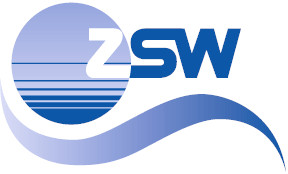 Pixel Voltaic is a spinoff of University of Porto created in November 2018 with the goal of producing energy related technologies.
Pixel Voltaic is a spinoff of University of Porto created in November 2018 with the goal of producing energy related technologies.
The company´s mission is to promote and enable a quick transition of innovative technologies that have just reached the proof-of-concept into the market. Pixel Voltaic is developing with the University of Porto a low temperature, laser assisted process to hermetically seal glass substrates, a unique process relevant for encapsulating Dye Sensitized Solar Cells (DSSCs) and Perovskite Solar Cells (PSCs), Organic Photovoltaic (OPV) Cells, essential for their industrialization.
Pixel Voltaic also owns a patent “Catalytic methane decomposition and catalyst regeneration, methods and uses thereof” with priority from December 2018 and is currently participating in the 112CO2 project, where Pixel Voltaic heads the WP5 – System integration and demonstration for developing a MD membrane reactor prototype.
Pixel Voltaic is also participating in the DIAMOND project, heading the WP7 – Dissemination & Exploitation. This project plans to achieve ultra-stable, highly efficient, low-cost perovskite photovoltaics with minimized environmental impact.
![]() EPFL is a Switzerland-based technical university and research center. EPFL is focused on three missions: teaching, research and technology transfer.
EPFL is a Switzerland-based technical university and research center. EPFL is focused on three missions: teaching, research and technology transfer. 






 VTT is a European research institution, owned by the Finnish state. It advances the utilization and commercialization of research and technology in commerce and society. Through scientific and technological means, VTT turns global challenges into sustainable growth for businesses and society.
VTT is a European research institution, owned by the Finnish state. It advances the utilization and commercialization of research and technology in commerce and society. Through scientific and technological means, VTT turns global challenges into sustainable growth for businesses and society. 

